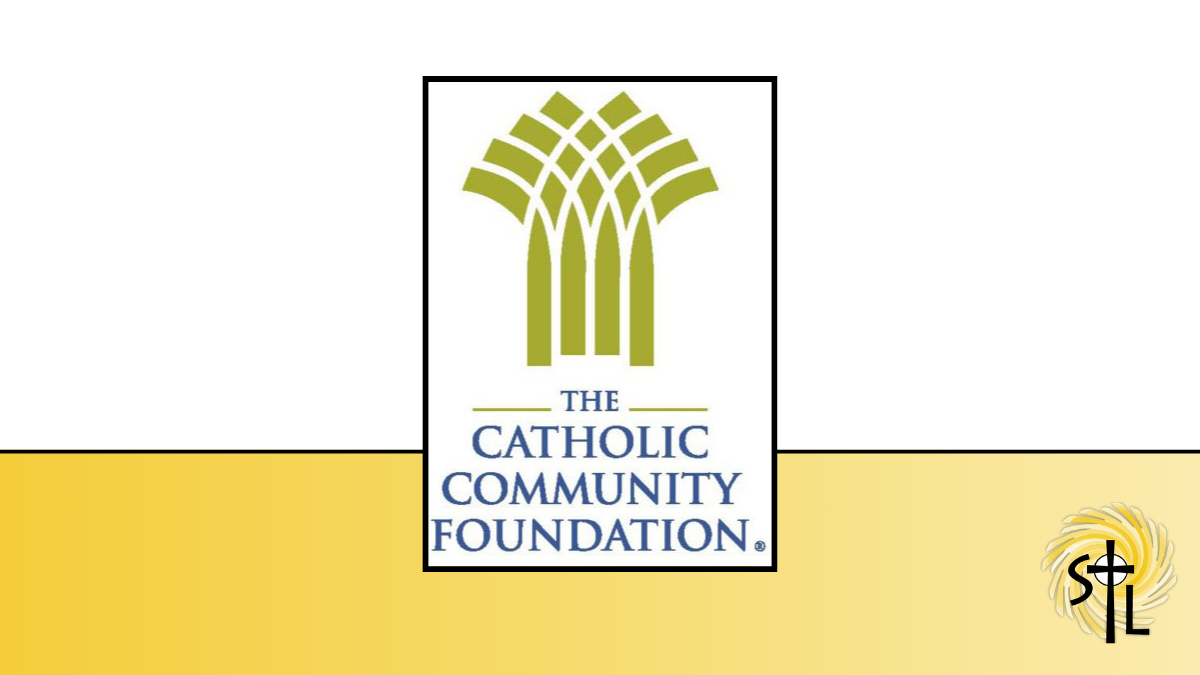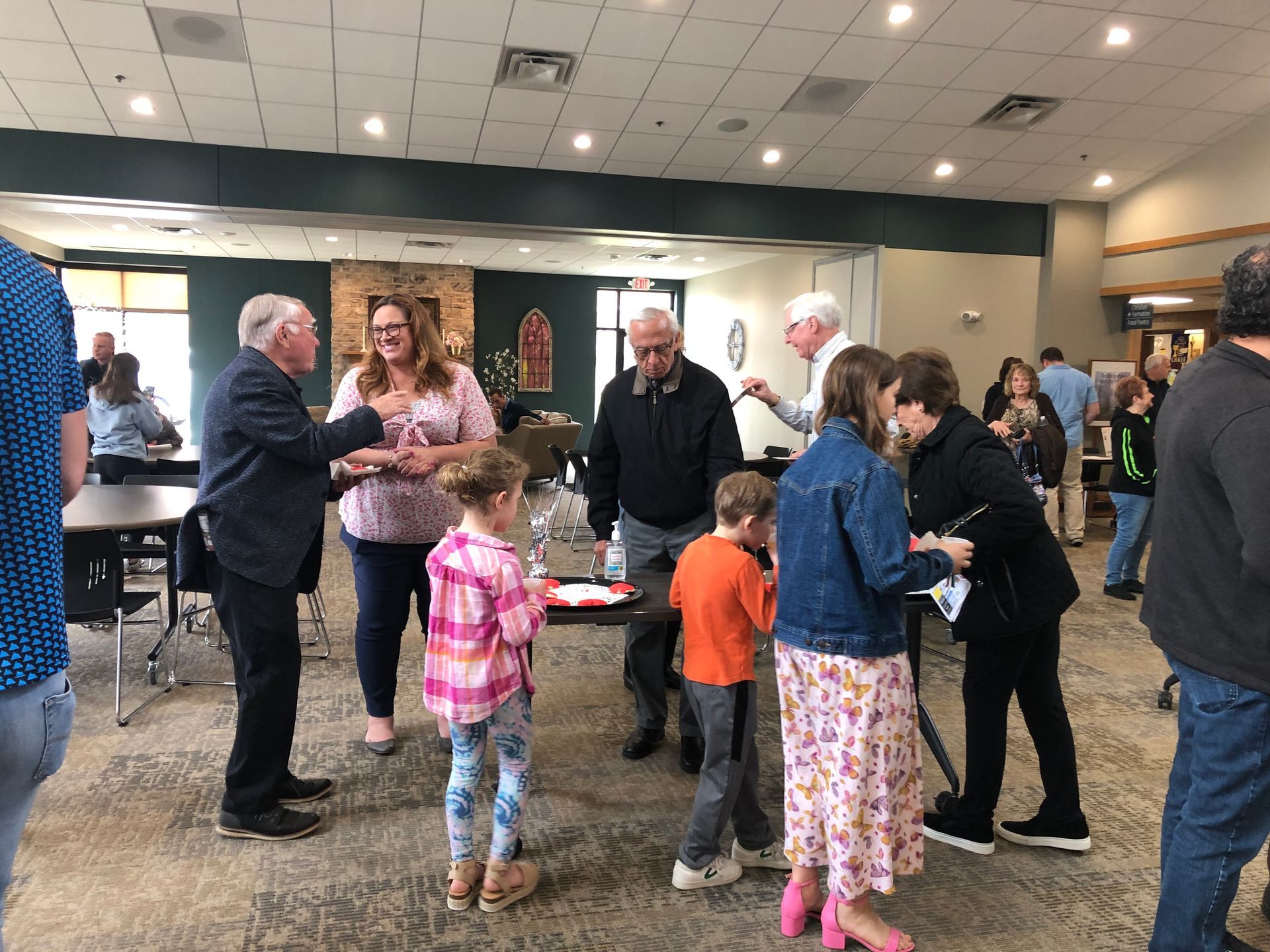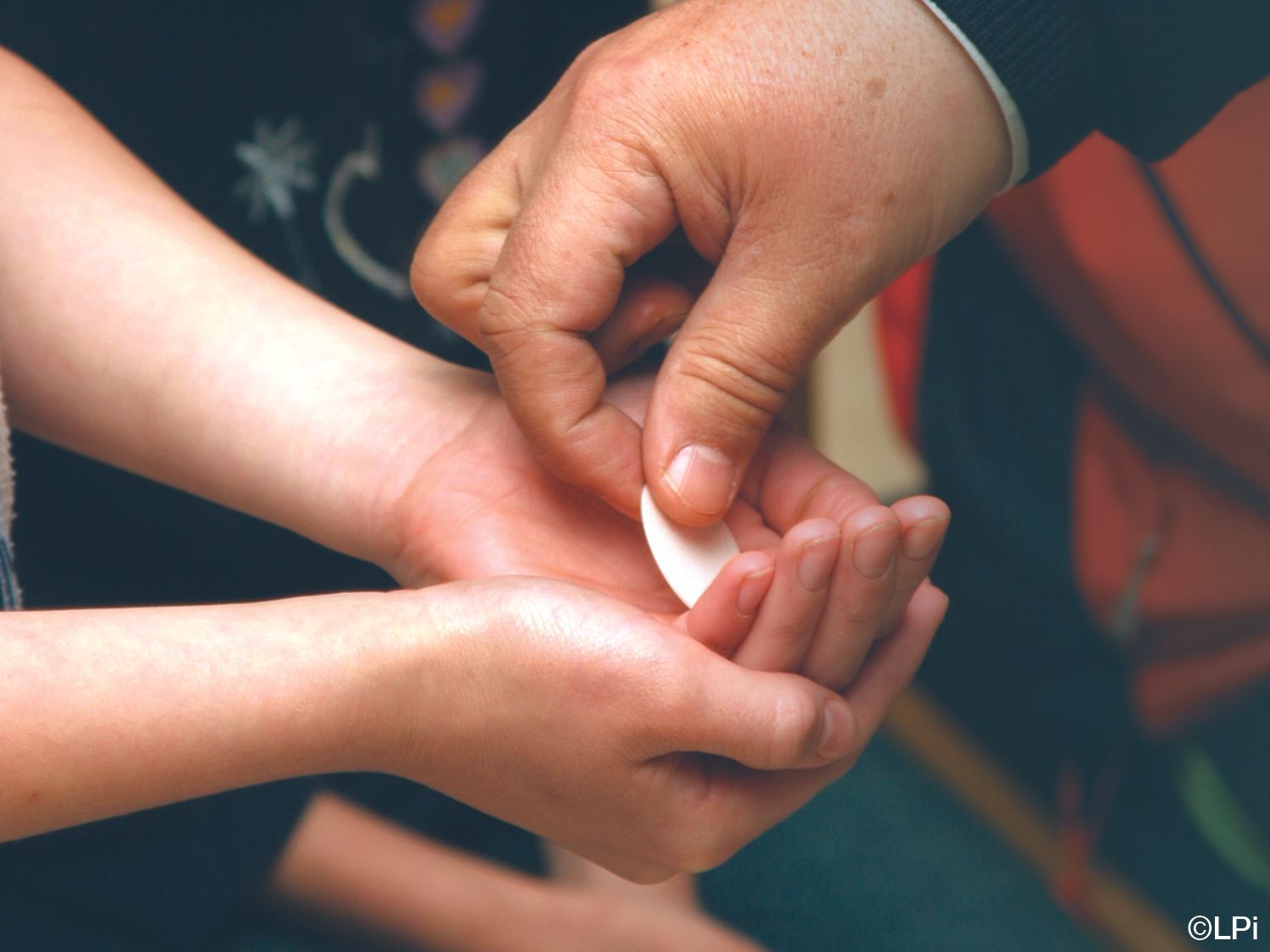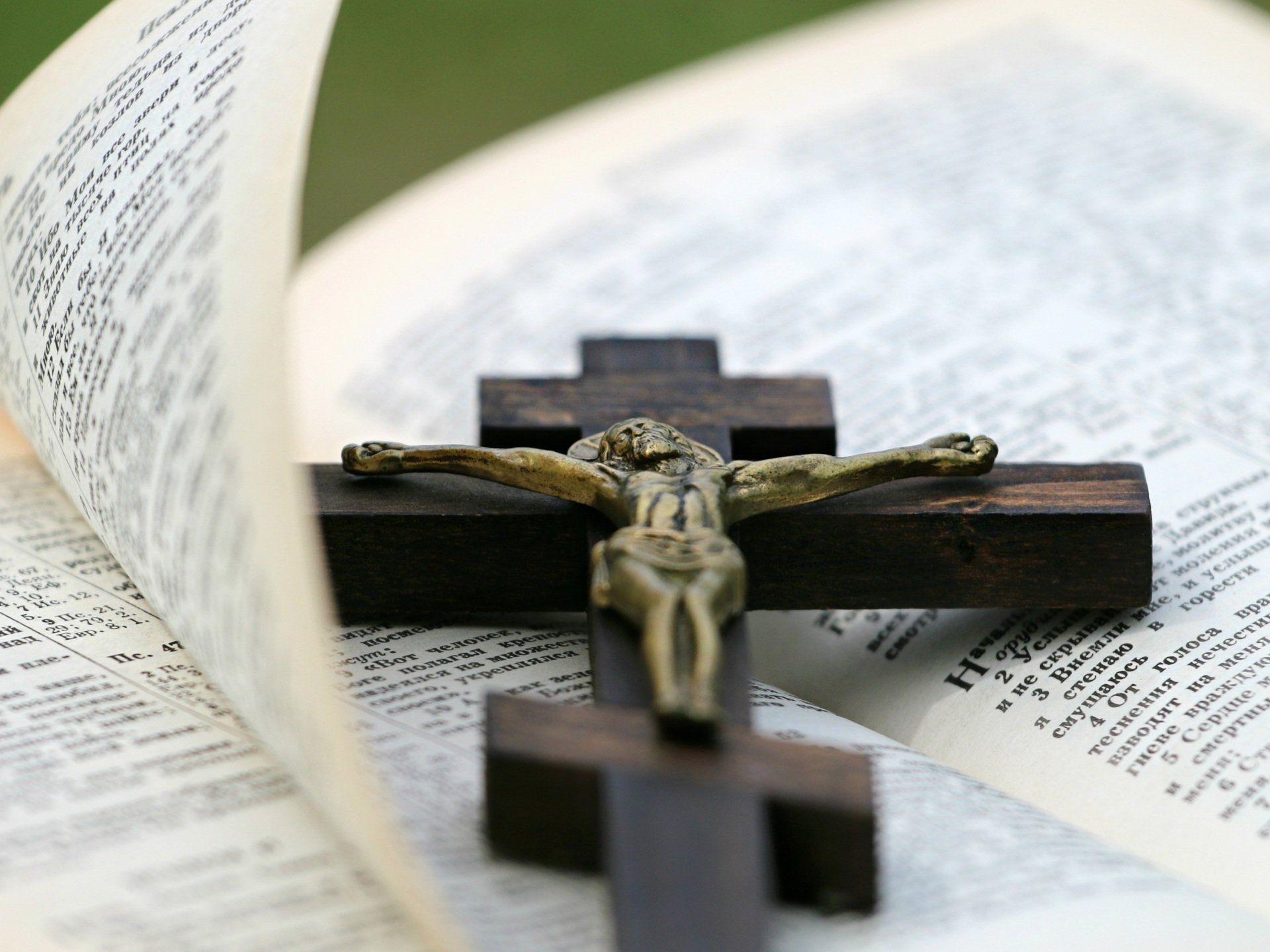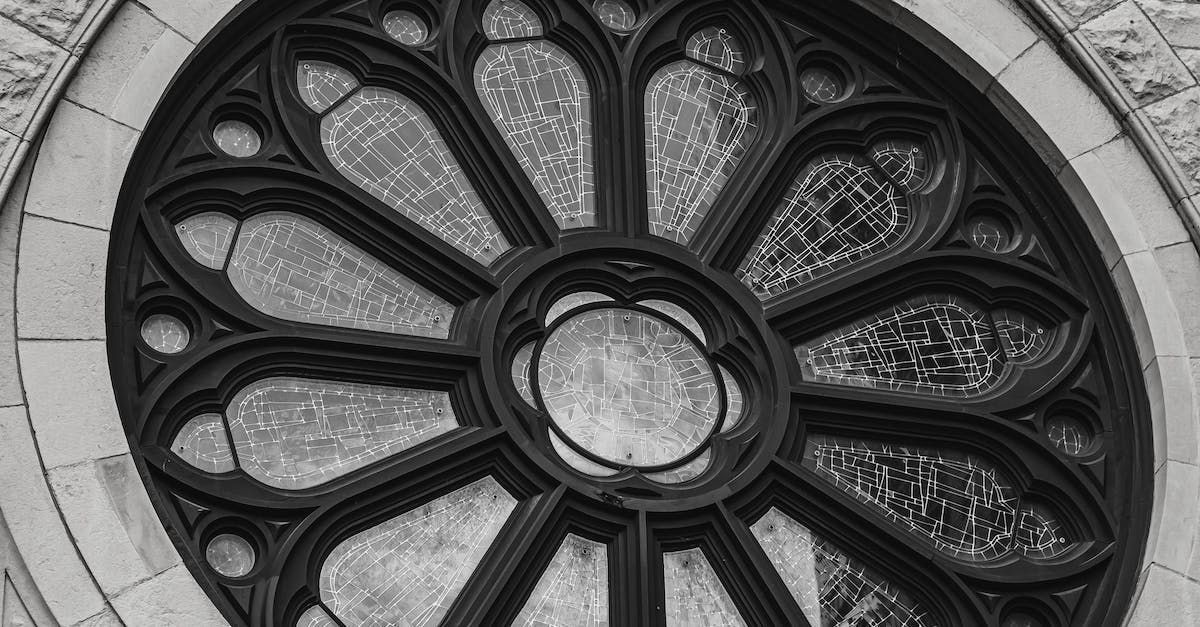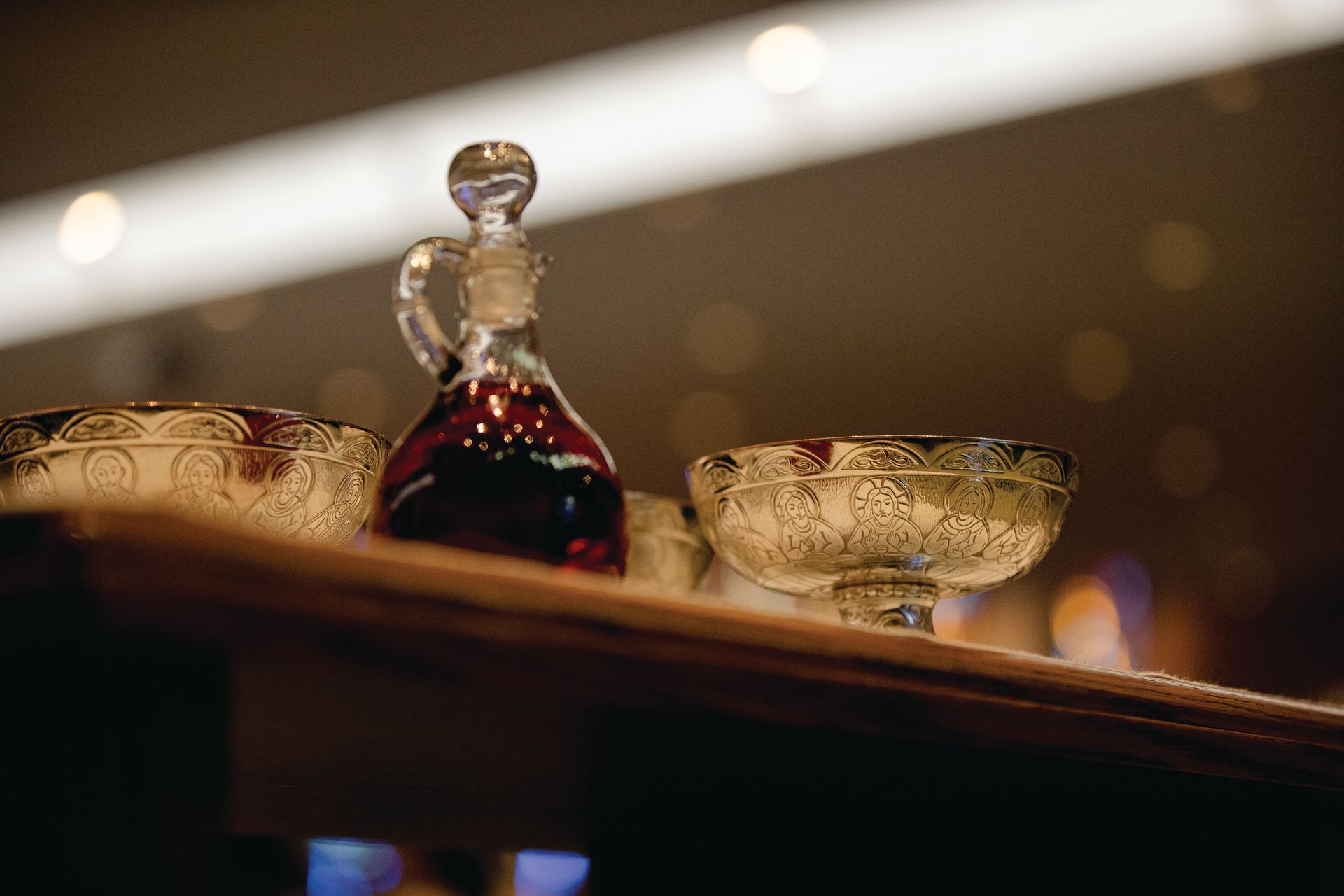By Fr. Charles Luke
•
August 8, 2024
Every Wednesday in Church we offer the opportunity for adoration of the Blessed Sacrament, otherwise called Eucharistic Adoration. Recently, Pope Francis encouraged a recovery of this form of prayer stating, “we need to regain the sense of adoring in silence, adoration. It is a prayer we have lost; few people know what this is.” (1) To run with the Holy Father’s prompt, what exactly is this practice and why do we do it? Reflecting on my own experience of adoration I can identify a number of different ways in which I have thought about it, beginning with adoration as an opportunity to rest with the Lord in the midst of a busy, chaotic time. Adoration is Rest Eucharistic adoration only makes sense on the basis of a recognition that the Eucharist is substantially God-with-us, that is, the body, blood, soul and divinity of Jesus Christ made present under the appearance of bread and wine. Once we get into our heads that the Eucharist is Jesus, then we can begin to hear the words of Jesus echo in a eucharistic context: “Come to me all you who labor and are burdened and I will give you rest” (Matt 11:28). All of us live busy and at times fragmented lives. Eucharistic adoration can be an oasis in the midst of this busyness that reminds us that we are not defined by what we do, how busy, successful, or unsuccessful we are; what defines us is the love of the Father. For myself, there is nothing quite so restful as sitting in an adoration chapel, and simply looking up at the monstrance. I have no particular set of prayers I say, although sometimes these are helpful. It is simply a time to rest, and a time to be with the Lord. Though the phrase is cliché, it is true, we are human beings, not human doings. Adoration is Sacrifice To be honest, it is difficult to get to adoration. Not only are the opportunities somewhat limited, but I find that whenever I make up my mind to pray, I can suddenly think of about eight or nine things which I either really need to do or would be more enjoyable in the moment than praying. To adore is a sacrifice. It has been characteristic of every religion ever, throughout the history of the whole world, to offer sacrifices as part of their religion. What is unique about Christianity is that instead of sacrificing something else (or worse, someone else), Christianity is a religion of self-sacrifice. Not only does Jesus offer himself to the Father on the cross, but we also in following Jesus must “deny ourselves” to be his disciples (cf., Matt 10:37). Anything worth doing requires sacrifice. St. Paul made the comparison that athletes train hundreds and hundreds of hours for a temporary reward, the sacrifices entailed in the Christian life are for an everlasting reward (cf., 1 Cor 9:25). I find that describing adoration as a sacrifice is helpful because, to be perfectly honest, it is not always the near-mystical experience that we – I – sometimes hope that it will be. Don’t get me wrong, some of the most beautiful moments of my life have occurred in adoration before the Blessed Sacrament. Nevertheless, the daily experience of prayer is rather ordinary. But then again, isn’t your average trip to the gym also rather ordinary? You get the point, just because something is mundane at times doesn’t mean it isn’t worth doing. Adoration is Worship Pope Benedict once described eucharistic adoration as prolonging and intensifying everything that takes place in the liturgical celebration (Mass). (2) Adoration is not an add-on to Mass, but flows from it, and leads us back to it. In fact, just as the Church has a “script” for Mass (called the Roman Missal), the Church also has a “script” of sorts for eucharistic adoration – a set of directives which govern how, when, and in what manner adoration may take place. Why is this significant? It underscores the point that adoration is not just another devotion in which some people may choose to participate and others not, rather, adoration is a part of the prayer of the whole Church. At Mass, the priest holds up Jesus in the consecrated host and tells us, “behold the lamb of God, behold him who takes away the sins of the world.” For how long do you typically behold that lamb? I’d guess it’s about eight seconds. Eucharistic adoration prolongs and deepens this moment. Not only do you get the chance in adoration to say, “Lord, I am not worthy that you should enter under my roof,” but it is also the opportunity to speak heart to heart with Jesus- or, perhaps more accurately, face to face- since the word “adoration” derives from the Latin words ad ore meaning “to the face” or “to the mouth.” Adoration is a Taste of Heaven The themes of adoration as rest, as sacrifice, and as worship together make up foretaste of what heaven will be. The Book of Revelation describes the multitude of the redeemed in the following manner: “They are before the throne of God, and serve him day and night within his temple; and he who sits upon the throne will shelter them with his presence… For the Lamb in the midst of the throne will be their shepherd, and he will guide them to springs of living water; and God will wipe every tear from their eyes.” (Rev 7:15,17). When we come to eucharistic adoration, the throne of God we see is not the heavenly throne yet, but the monstrance which is a real throne. That’s why it is typically covered in gold, or at least very ornate. In the center of that throne is the lamb of God who takes away the sins of the world, how blest are we who come before this throne! Scott Hahn has put it this way, “you don’t have to die to go to heaven, you just have to go to Mass.” I would hazard to say that if eucharistic adoration deepens and prolongs all that takes place within the Mass, the same can be said of eucharistic adoration. (1) Wooden, Cindy. 2023. “Adore Jesus’ real presence” Catholic News Service. https://www.usccb.org/news/2023/adore-jesus-real-presence-eucharist-pope-tells-us-catholics (2) Pope Benedict XVI. Sacramentum Caritatis, 66.
